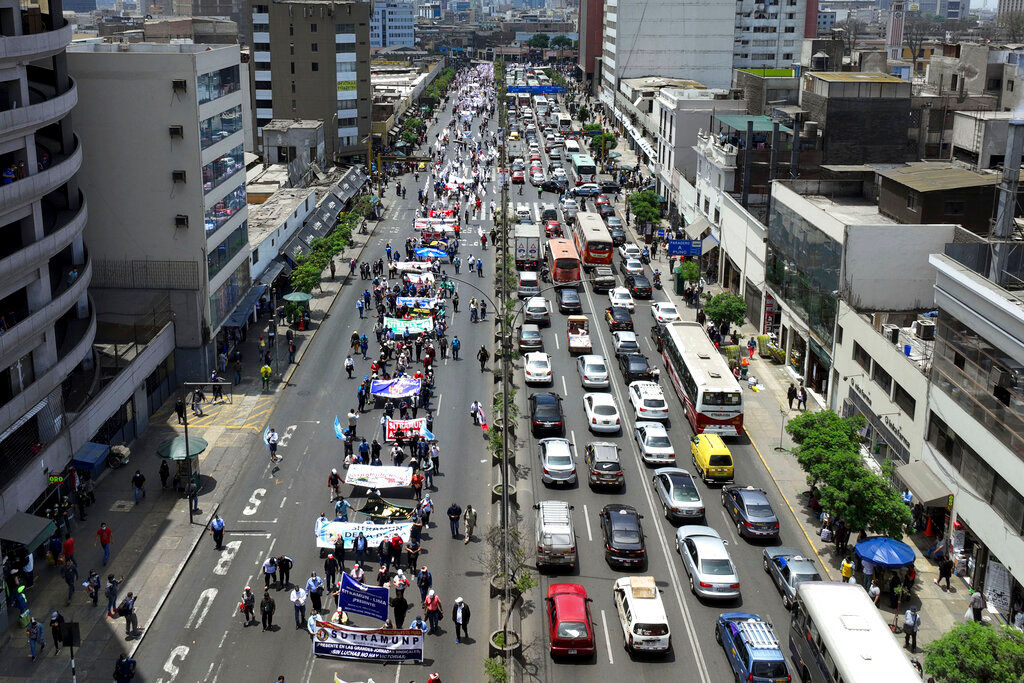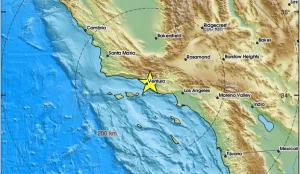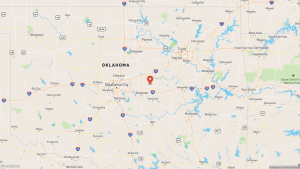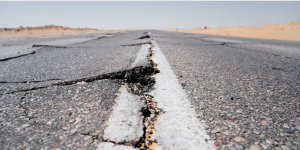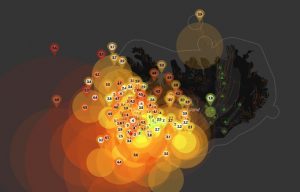A strong earthquake with a preliminary
magnitude of 7.5 has struck in northern Peru, the U.S. Geological Survey said
on Sunday. Buildings were seen shaking in a dramatic video.
The earthquake took place at 5:52 AM local
time (1052 GMT). While it is extremely strong, it was relatively deep, measured
at 112 kilometres, which usually reduces damage and casualties. The epicentre
was 42 kilometres (26 miles) north northwest of the coastal city of Barranc, reported AP.
Also Read: Peruvian PM Guido Bellido resigns two months after assuming office
Footage taken during the quake shows dust
being thrown up as buildings swayed, with loose bricks falling to the street.
It was the third earthquake that happened
in November. A couple of days back, an earthquake of 6.1 magnitude hit
northwest Myanmar near India’s border early Friday but there is a low likelihood
of casualties and damage, the US Geological Survey said.
On November 9, the US Geological Survey
reported that an earthquake of 6.2 magnitude has struck in the Pacific Ocean
off the coast of Nicaragua.
Why leads to an earthquake in Peru?
Peru, which is part of the South America
content, falls in one of the most seismically active areas of the world. In July 2021, the north Pacific coast of Peru was struck by an earthquake of magnitude 6.1.
Twenty
years ago, on June 23, 2001, a massive 8.4 magnitude earthquake struck Peru’s
southern coast near Arequipa, about 370 miles southeast of Lima. The effect of
the earthquake shook northern Chile and Bolivia.
The earthquake remains 19th on the list of
the 20 Largest Earthquakes in the world compiled by the United States
Geological Survey. Dozens of strong aftershocks had shaken the region.
Also Read: Argentina beats Peru in qualifiers, nears World Cup spot
Peru is located on the western edge of the
South American Plate where it meets the Nazca Plate, which is actively
subducting under the South American Plate starting at the Peru-Chile Trench.
This region is very seismically active, with tectonic research and historical
earthquake data indicating that the part of the subduction zone off Peru’s
southern coast is more active than the area to the north. Consequently, most of
the large earthquakes in Peru have occurred off the southern shore.

